Rethinking Mental Health: A Compassionate, Context-Aware Approach Beyond Diagnosis
If you’ve ever heard that anxiety, depression, PTSD, or emotional distress are the result of a chemical imbalance or something fundamentally broken in the brain, you’re not alone. This explanation—often called the disease model of mental health—became popular during the 1990s “Decade of the Brain” (Miller, 2010). While this view can offer temporary relief or feel validating (Hofmann, Hayes, & Lorscheid, 2022), it often oversimplifies the complexity of human suffering, overlooks the broader context in which emotions and behavior unfold, and has limited support from modern science.
Recent research from neuroscience, clinical psychology, and Buddhist psychology tells a more hopeful, nuanced story. Emotions, for example, aren’t hardwired reflexes or signs of disorder. Instead, your brain constructs emotions based on your bodily sensations, learning history, culture, and current situation (Barrett, 2017). We are not static beings with fixed emotional wiring but rather dynamic, relational organisms whose brains and behaviors evolve and change in response to lived experience.
This means that emotional and psychological experience is fluid, relational, and deeply contextual—not predetermined or pathological.
Why This Perspective Matters
Mental and emotional wellbeing are shaped by the dynamic interplay of multiple domains—none of which exist in isolation (and none of which replaces the other, e.g., we cannot reduce psychological events to biological events and vice versa; Miller, 2010). At Turning Toward, we consider:
Biology and neuroplasticity—your genetic predispositions and how your brain changes and adapts to experience over time
Psychology— your thoughts, emotions, and where you place your attention
Self and motivation — what drives you, how you make meaning, and what gives your life direction
Overt behavior —how your actions (and inactions) influence your health, priorities, and relationships
Sociocultural—your life story, identity, and the cultural frameworks that shape how you understand yourself and others
Context—how relationships, environment, and social conditions support—or strain— your emotional and mental wellbeing
Therapy works best when it considers your whole person: your body, behavior, relationships, history, values, and environment—not just a label.
A Deeper Lens: What Buddhist Psychology Teaches Us
This modern psychological view shares deep resonance with Buddhist philosophy. In Why Buddhism Is True, author Robert Wright (2017) draws on evolutionary psychology and mindfulness to explain how our brains were not designed for happiness, but for survival. Our minds generate cravings, aversions, and distorted thoughts to keep us safe—but those same instincts often lead to suffering.
Wright writes that mindfulness offers a way to step out of these habitual loops—to see our thoughts and emotions not as truth, but as passing constructions. This mirrors what we know from neuroscience and emotion science: you are not your thoughts, and you don’t need to believe everything your brain tells you. Through awareness and compassion, you can respond differently.
What This Means for Therapy
At Turning Toward Therapy, I integrate these perspectives into a science-based, compassion-centered, and context-aware approach that honors your agency and complexity:
You are not broken. Your suffering makes sense in the context of your history, culture, biology, and relationships.
Emotional distress is seen as a meaningful indicator, not a defect.
You are more than a diagnosis. Through thorough evidence-based assessment, you may receive a DSM diagnosis, as a tool for working within our managed-care medical care model. While labels may help with communication or insurance, they do not define who you are or who you can become—it remains one piece of a broader story, not your identity.
Therapy is a learning process. Together, we explore how to respond to pain with clarity, flexibility, and courage—not by avoiding it, but by turning toward it.
You are a full human being —not a symptom. At every moment, your brain and body are learning, adapting, and trying to make sense of the world. When we bring compassionate attention to that process, healing becomes possible, not because we erase pain—but because we change our relationship to it. We’ll work together to explore your unique patterns and help you turn toward what matters most—even when life feels overwhelming.
References
Barrett, L. F. (2017). How emotions are made: The secret life of the brain. Houghton Mifflin Harcourt.
Hofmann, S. G., Hayes, S. C., & Lorscheid, D. (2022). Learning process-based therapy: A skills training manual for targeting the core processes of psychological change in clinical practice. New Harbinger.
Hofmann, S. G., & Hayes, S. C. (2021). Beyond the DSM: Toward a process-based alternative for diagnosis and mental health treatment. Context Press.
Miller, G. A. (2010). Mistreating psychology in the decades of the brain. Perspectives on Psychological Science, 5(6), 716–743. https://doi.org/10.1177/1745691610388774
Wright, R. (2017). Why Buddhism is true: The science and philosophy of meditation and enlightenment. Simon & Schuster.
